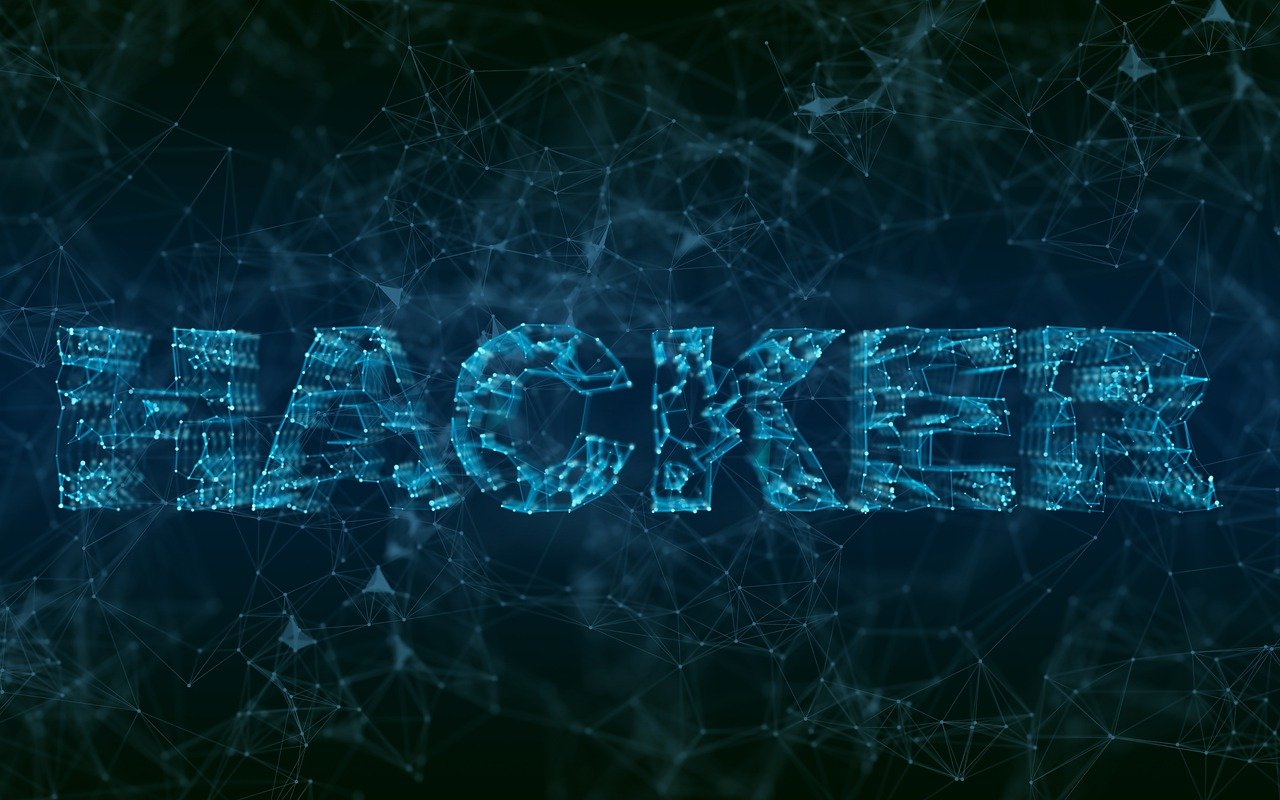Share This Article
In an era where cyber threats are growing more sophisticated and pervasive, the importance of cybersecurity education cannot be overstated. Preparing individuals to effectively combat these threats requires innovative approaches, and Artificial Intelligence (AI) is emerging as a powerful tool in this endeavor. By integrating AI into cybersecurity education, institutions and organizations can enhance learning experiences, improve skill development, and create a more resilient cybersecurity workforce. Here’s how AI strategies can revolutionize cybersecurity education.
1. Personalized Learning Paths
AI can tailor cybersecurity education to individual learning needs, preferences, and skill levels. By analyzing a learner’s progress, strengths, and areas for improvement, AI-driven platforms can create personalized learning paths that adapt to each student’s pace and style of learning.
For instance, AI can offer customized training modules based on real-time assessments, ensuring that students receive targeted instruction in areas where they need the most improvement. This personalized approach helps learners build a strong foundation and advance their skills more efficiently.
2. Interactive Simulations and Labs
Hands-on experience is crucial in cybersecurity education. AI can enhance interactive simulations and virtual labs by providing realistic, dynamic environments where learners can practice their skills. These simulations can mimic real-world cyber threats and attack scenarios, offering students a safe space to experiment and develop their problem-solving abilities.
AI-driven labs can generate various attack vectors, vulnerabilities, and system configurations, allowing learners to tackle a range of challenges. By interacting with these simulations, students gain practical experience and learn how to apply their knowledge in real-world situations.
3. Adaptive Assessment and Feedback
Traditional assessments often fail to provide timely and actionable feedback. AI can transform the assessment process by offering adaptive evaluations that adjust in complexity based on the learner’s responses. This dynamic approach ensures that assessments are both challenging and relevant to the learner’s current level.
Moreover, AI can provide detailed feedback and recommendations for improvement. For example, after a simulated attack exercise, AI can analyze the learner’s decisions and actions, offering insights into what was done well and what could be improved. This immediate feedback helps learners refine their skills and deepen their understanding of cybersecurity concepts.
4. Threat Intelligence Integration
Incorporating real-time threat intelligence into educational programs is essential for keeping curricula up-to-date. AI can aggregate and analyze threat data from various sources, providing students with the latest information on emerging threats, vulnerabilities, and attack techniques.
By integrating this threat intelligence into coursework and training exercises, educators can ensure that students are learning about the most current and relevant threats. This approach helps learners stay informed about the evolving threat landscape and prepares them to address contemporary security challenges.
5. Enhanced Content Creation and Delivery
AI can streamline the creation and delivery of educational content by automating content generation and curation. For example, AI tools can analyze existing materials, identify gaps, and suggest updates to ensure that the content remains accurate and comprehensive.
Additionally, AI-driven chatbots and virtual assistants can support learners by answering questions, providing explanations, and guiding them through complex topics. This on-demand support enhances the learning experience and allows students to access information and assistance as needed.
6. Gamification and Engagement
Engaging students through gamification can significantly enhance the learning experience. AI can facilitate the development of interactive and gamified elements, such as security challenges, leaderboards, and rewards. These elements make learning more enjoyable and motivate students to actively participate in their education.
For instance, AI can create realistic capture-the-flag (CTF) competitions, where learners solve cybersecurity puzzles and complete challenges to earn points and advance levels. These gamified experiences not only reinforce learning but also simulate real-world problem-solving scenarios.
7. Predictive Analytics for Skill Development
AI-powered predictive analytics can identify trends and patterns in student performance, helping educators forecast future learning needs and skill gaps. By analyzing data on student progress, AI can predict which skills are likely to be in demand and guide curriculum development accordingly.
This proactive approach ensures that educational programs are aligned with industry needs and emerging trends. As a result, students are better prepared for the evolving cybersecurity landscape and equipped with the skills that are most relevant to their future careers.
Conclusion
AI is transforming cybersecurity education by offering innovative strategies for personalized learning, interactive simulations, adaptive assessments, and real-time threat intelligence. By leveraging AI technologies, educators can create more effective and engaging learning experiences, ensuring that students are well-prepared to tackle the challenges of the cybersecurity field.




4 Comments
Sandra Jones
Sed ut perspiciatis unde omnis iste natus error sit voluptatem accusantium doloremque laudantium, totam rem.
Sandra Jones
Neque porro quisquam est, qui dolorem ipsum quia dolor sit amet, consectetur, adipisci velit, sed quia non numquam eius modi tempora incidunt.
Sandra Jones
Sed ut perspiciatis unde omnis iste natus error sit voluptatem accusantium doloremque laudantium, totam rem aperiam, eaque ipsa quae ab illo inventore veritatis et quasi architecto beatae vitae dicta sunt explicabo.
Sandra Jones
Neque porro quisquam est, qui dolorem ipsum quia dolor sit amet, consectetur.